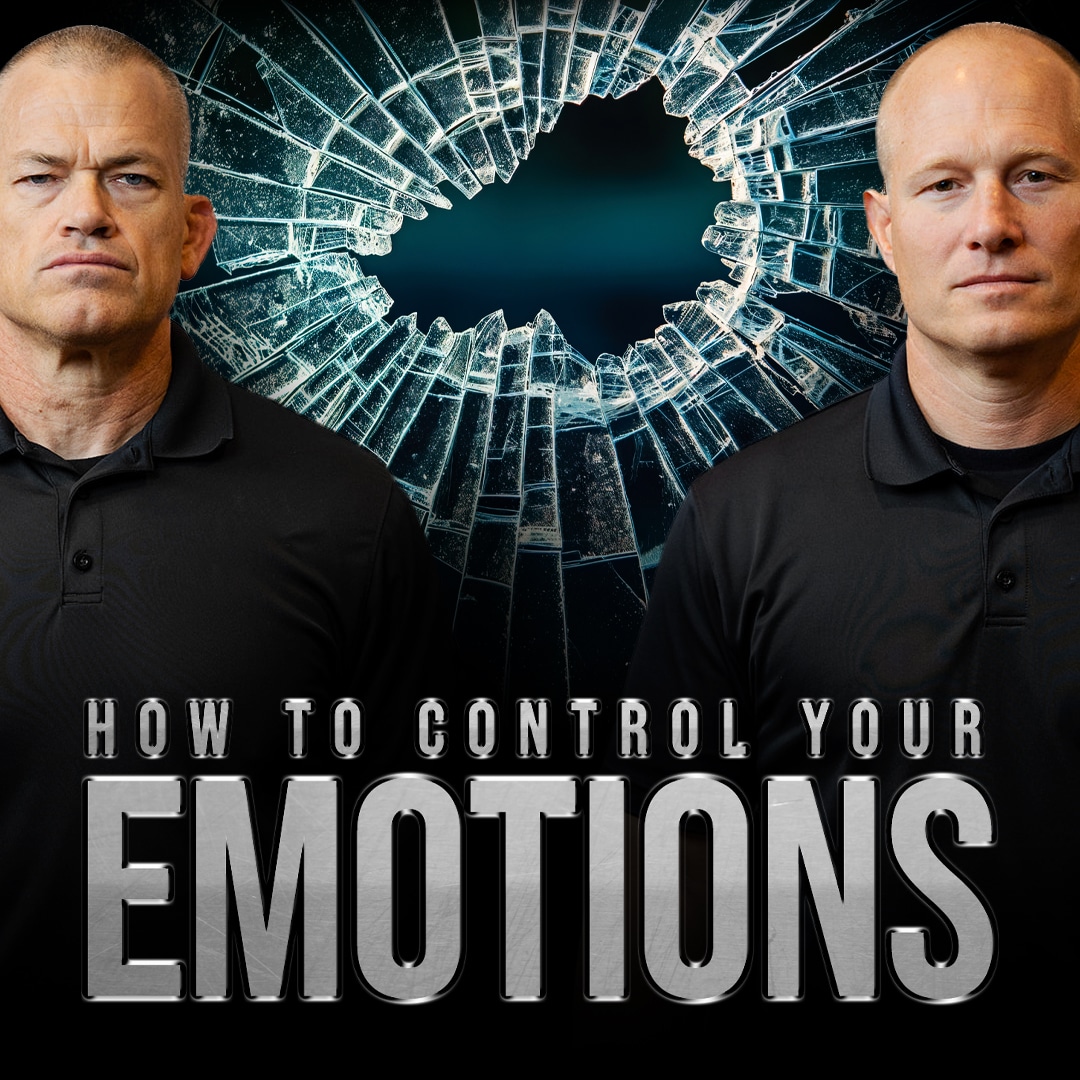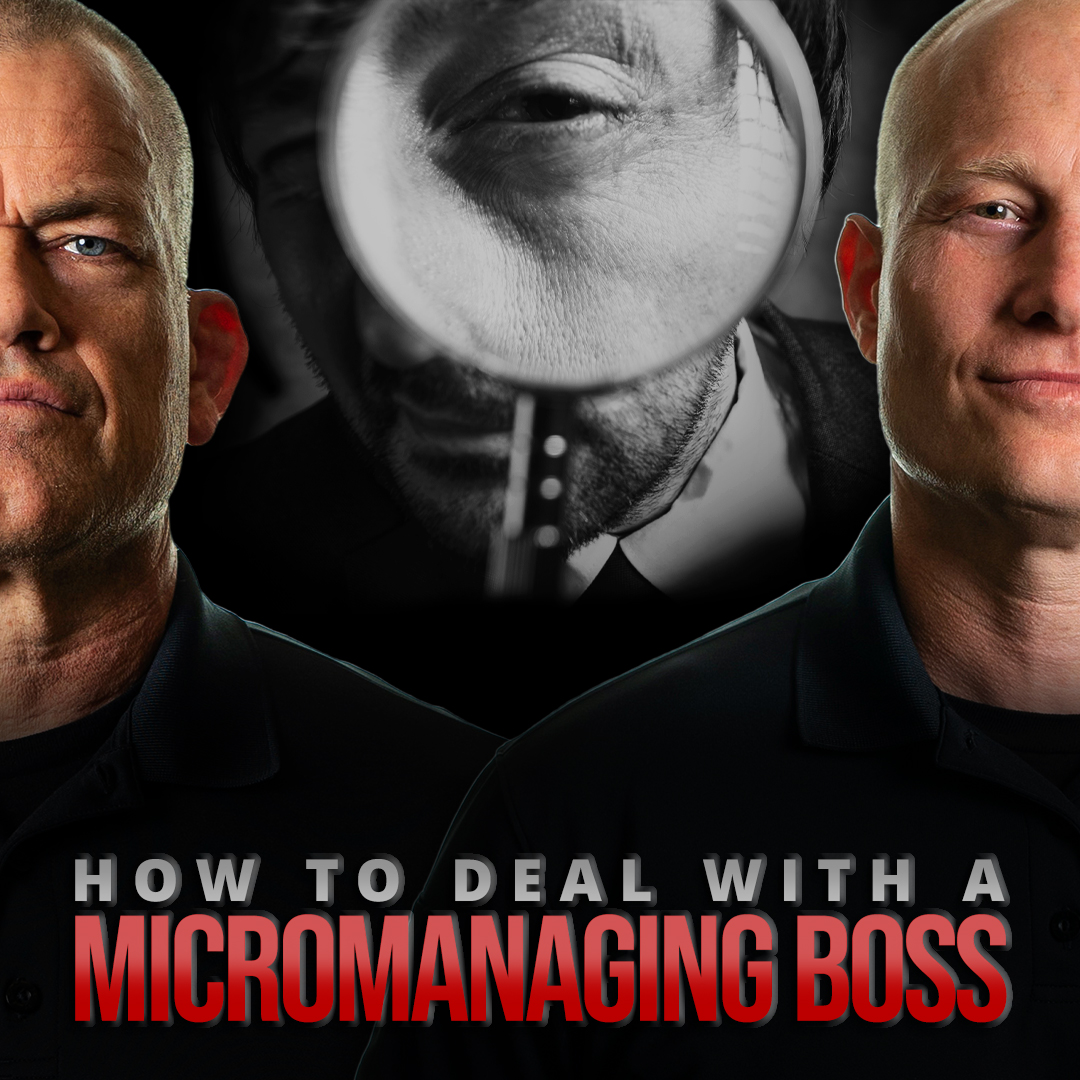Powered by RedCircle
The First Step in Taking Ownership is to Acknowledge a Mistake or Failure. But When You Do This, Be Careful to Watch Your Language.
“We” Means “You”
The first step in taking ownership is to acknowledge a mistake or failure. But when you do this, be careful to watch your language. Here are examples of what it often sounds like when a leader attempts to take ownership in front of the team or someone else:
We failed, and we need to fix this.
We didn’t perform well, and we need to do better.
When you express “we” in the negative, the person or persons to whom you are speaking are likely to think: “You mean me.” It sounds like you are casting blame on them. Even if that wasn’t your intention, it is often interpreted that way. So be careful in the language that you use.
When giving credit to the team for their successes, use “we.” But when taking ownership of a mistake or failure, use “I” and “me” like this:
I failed to ensure we accomplished our mission, and here is what I’m going to do to fix this going forward.
We didn’t perform well, and that’s my fault. Here is what I will do better next time to ensure we are successful.
Remove the Qualifiers
When taking ownership, be careful to avoid qualifying language. Even when we see how something is actually our fault and what we could have done to prevent a mistake or failure from occurring, when the moment of truth arrives, and we utter the words to other people, our ego often tempts us to sneak in qualifiers, such as:
This is probably my fault.
I’m mostly to blame.
Partial ownership doesn’t work. If you are only taking part of the blame, then you are still blaming someone or something else. And since you can only control yourself, this means you aren’t fully committed to owning the problem and the solution to fixing it. When you don’t fully own the problem and the solution, the problems don’t get solved. So, remove the qualifiers:
This is my fault.
I am to blame.
The difference might seem subtle, but the meaning is radically different. And so are the results. Extreme Ownership requires 100 % ownership.
So, watch your language, take total ownership of mistakes and failures, and get those problems solved.
Real-World Example:
There are probably some things I could have done better, the leader said.
This was a leadership role-play exercise during a workshop with a client company’s core leadership team. I listened as Echelon Front’s Chief Operating Officer, Jamie Cochran, gave a presentation on self-assessment and assigned the group an exercise we call the Balance Assessment. Each leader was required to conduct an honest, realistic evaluation of themselves to determine where they needed to improve. Afterward, Jamie and I listened in on the small group debriefs and selected participants for a role-play exercise in front of the entire group.
As the leader concluded his first attempt at taking ownership during the role-play exercise, Jamie asked the rest of the team for their feedback.
“How did he do?” she asked. “Did he take ownership?”
“Yes,” some said.
“Kind of,” one person responded.
“You said, ‘There are probably some things I could have done better,’” Jamie quoted back to the leader. “Does that sound like Extreme Ownership?”
The leader shook his head, “No.”
“It’s much easier to take ownership when privately thinking through the issue,” Jamie said. “But when it comes time to say the words, our ego often forces us to add qualifiers like ‘probably,’ or ‘mostly.’ But that is just shifting the blame to others. If you want to solve the problem, then you have to accept that this is 100% your fault. Let’s try that again.”
With that, the leader launched into the second round of leadership role play.
“This is 100% my fault, and these are the things I am going to do to fix the problem going forward,” the leader said.
It was now clear to everyone in the room that he was taking total ownership of the problem and would implement a solution to get it fixed.
For Action:
This week, conduct a leadership role-play exercise to practice using the proper language of Extreme Ownership. Identify a real problem or mistake that occurred and determine where you can take ownership of it. Find a trusted ally at work or home and have them play the part of an individual who was impacted and to whom you need to speak in order to take ownership. Role-play the situation and practice having a conversation with them, taking ownership of the problem, and providing a solution. Next, debrief the exercise and determine where you can improve. Then, role-play it again. Try to get two to three iterations in and track your improvement. Then, go and take ownership of the problem, have the conversation in real life, and get the problem solved.
Download this free Debrief resource and continue your growth with Extreme Ownership.



